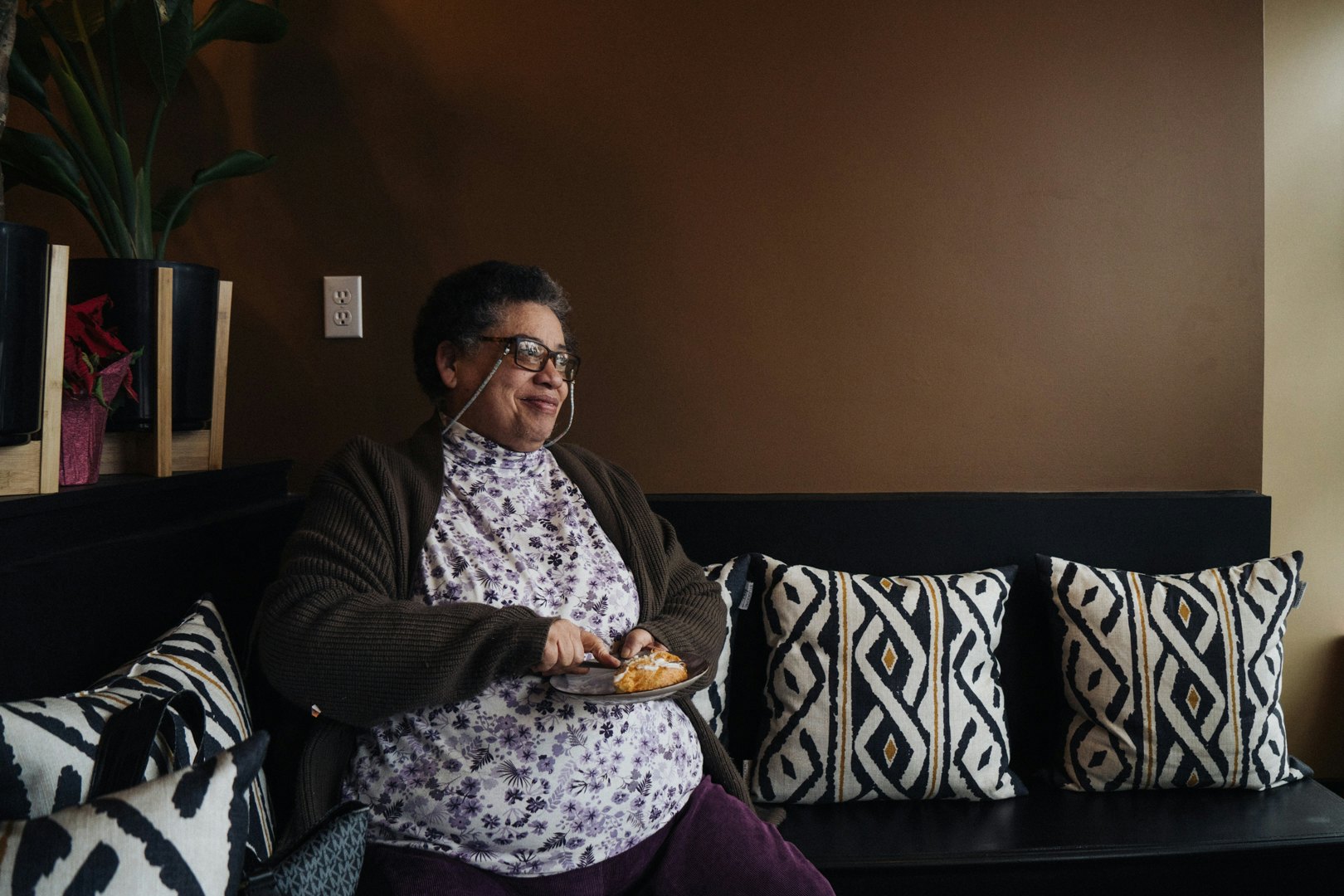Inclusivity In Our Financial System
Jonny Price, the Senior Director for Kiva US, and David Taliaferro, Director of Microfinance at Access Ventures discuss inclusive economies and why it’s so important for us to focus on inclusivity in our financial system. A few highlights include distinctions between wealth inequality versus income inequality and the ever-decreasing levels of wealth among the poorest of the poor. Finally, they explain the detrimental impacts of non-inclusive economies for everyone regardless of wealth or income status.
Most of us would agree that the average person pursues prosperity without wishing to actively harm or oppress others, however, there are times when our actions can dehumanize or negatively impact others without even realizing it. A practical first step in avoiding these negative outcomes is to take a longer-term view that considers the economic health of the community in which we live. In seeking greater personal prosperity, our actions and intentions must be guided by humanizing constraints to avoid undermining these gains for all in the future. Humanizing constraints takes a triple bottom line approach to understanding unintended consequences and are essential to building more inclusive economies.
Building greater empathy among the general public for the challenges faced by the poorest of the poor is a must if we are to see any systemic change. It’s expensive to be poor, and making this reality more obvious to a wealthier majority would affect policymaking. For example, a much higher percentage of income among poor or low-income families is spent on fees and rent, and often their purchasing power can’t keep up with rising costs of goods. If a family makes $20,000 a year and rent or other costs increase by a mere $100 per month, they would need a 6% raise just to break even. Needless to say, when financial services and life expenses command such a large percentage of household income the ability to be entrepreneurial is greatly reduced.
After decades of exploitation through payday lenders and transaction fees, hearing of a 0% interest loan option seems too good to be true.
Kiva has experienced success in an increased focus on empathy in their marketing strategy for 2017. After experimenting with various strategies around AdWords, direct mail and Facebook ads, Kiva US recently shifted to a community focused growth strategy that is rooted in empathy. Their biggest discovery in using proven mass marketing techniques was that analog conversations are key to the foundational work of re-inclusion. The trust gaps between the poor and the majority are so large at this point that a seemingly slower strategy is resulting in new all-time highs in funded US borrowers. After decades of exploitation through payday lenders and exorbitant transaction fees, hearing of a 0% interest loan option from a trusted source provides legitimacy for something that seems too good to be true.
When it comes to race and wealth inequality, the data points to a problem regardless of the cause. Last fall, the Center for Financial and Economic Decision Making concluded that it would take 228 years for the average black family to achieve the same level of wealth as the average white family in 2013. With financial systems that are far more connected than ever before, the impact of inequality is felt by everyone. In addition to being unjust, it is harmful to the whole when certain populations are financially excluded.
A bigger vision and greater empathy will bring us closer to the common ground and necessary constraints that will maximize the benefits for both the individual and community. As an ecosystem goes so go its members, and community is the ecosystem of the individual.



